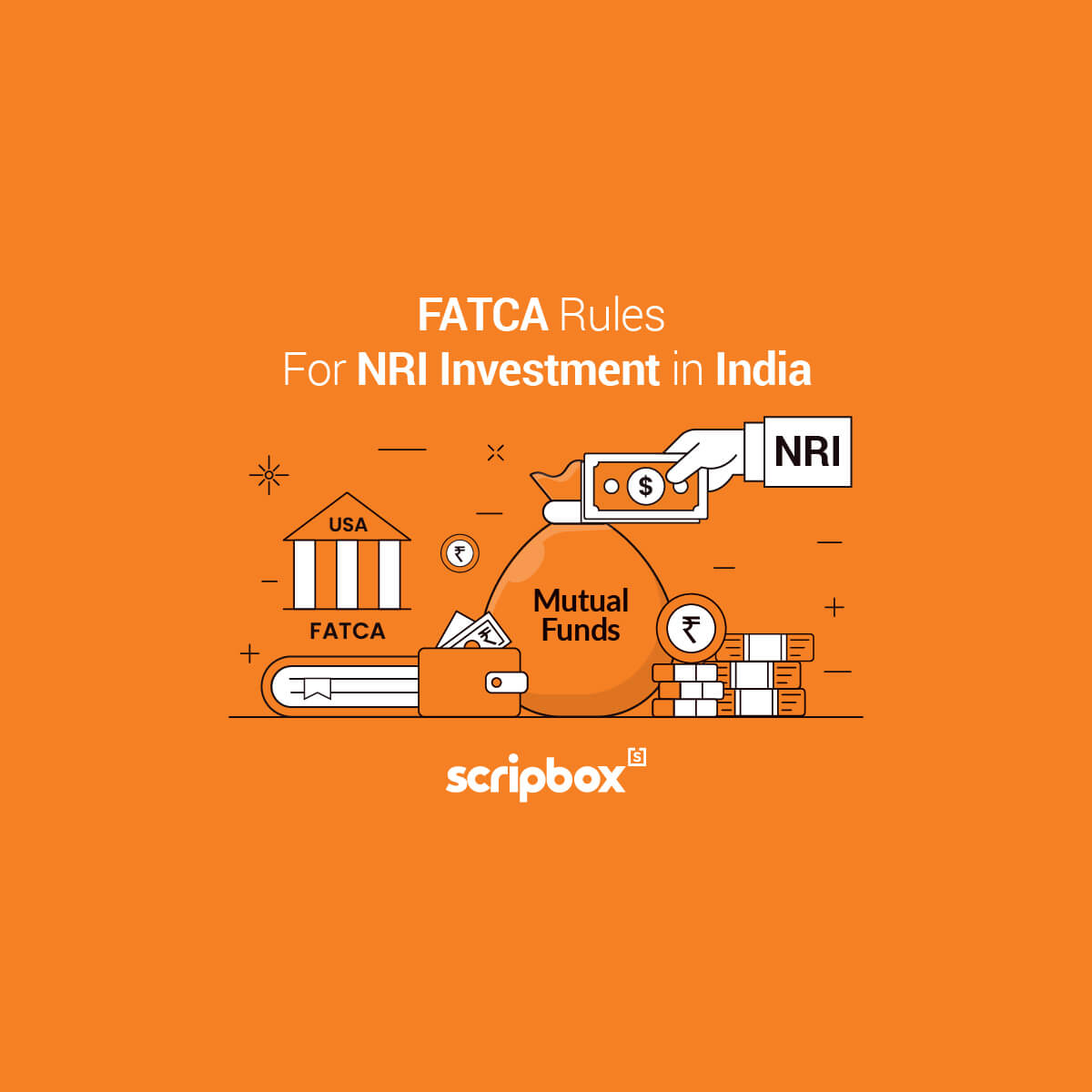Even though debt funds are safe among mutual funds, they are not entirely risk-free. They have many related risks, and the most common is credit risk. Credit risk or risk of default in payments is present in every debt scheme. SEBI introduced side pocketing in mutual funds to protect investors from this credit event to safeguard investors’ interests.
What is Side Pocketing in Mutual Funds?
Side pocketing in mutual funds is a method to safeguard investors in instruments that have exposure to market events. The term ‘side pocket’ refers to creating a segregated portfolio in a mutual fund scheme that has been affected by a credit event. In other words, it allows the fund managers to separate the risky or bad assets in the mutual fund portfolio from the liquid or good ones. SEBI introduced this concept in December 2018 as a measure to protect the investor’s interest in debt funds.
Regarding risks, fund managers are concerned about the possible downgrading in the credit rating of debt paper. So if a debt paper rating downgrades, the market value of the paper decreases, which in turn affects the overall portfolio. To ensure that the investors are not affected during the downgrading process, the fund managers create a segregated portfolio called side pocketing. The fund manager moves this risky or illiquid bond to their side pocket. All investors in the scheme receive an allocation of this side pocket on a pro-rata basis based on their investment. Also, the side pocket has a separate NAV, and the liquid or good assets held by the scheme has a different NAV.
Moreover, investors can redeem the liquid assets anytime at the prevailing NAV. But the side pocket fund remains close for redemption or subscription. Also, the side pocketed mutual funds are taxable as per the initial date of investment. But not on the date on which the scheme was side pocketed.
Why is Side Pocketing in Mutual Funds Needed?
Earlier, as per SEBI guidelines, whenever there is any downgrade in the credit rating of a security to below investment grade or even lower, mutual fund houses have to appropriately adjust the valuation of these securities in the respective scheme. However, such downgrade or markdown may reverse in future as and when the recovery happens. Considering the time duration for recovery, there is a possibility that investors who bear the impact of markdown in the valuation may redeem at a later stage. At the same time, some investors may enjoy the recovery in the form of appreciation in NAV. However, new investors will enjoy better returns than existing investors.
Additionally, default in one company’s bonds leads to many investors redeeming their money from the scheme to avoid further losses. In this case, the fund house has to sell good quality assets to handle the redemptions and pay investors. Also, this will increase the number of bad assets in the scheme portfolio, leading to a further decline in fund value.
Example
For instance, a mutual fund scheme may have invested a 7% portfolio in Company XYZ bonds. However, these bonds have defaulted on payment of interest. Therefore, the bonds must be marked down at the time of default based on the haircut matrix given by AMFI. The haircut is dependent on the issuer’s rating and type of industry. Subsequently, the fund NAV will fall in such proportion immediately (assuming there was no markdown in valuation earlier). Later after six months, a full recovery of these bonds happens. This will push the NAV higher immediately, which will benefit the investors as of that date, even if they may or may not have suffered the markdown in the valuation of such bonds.
This is how side pocketing was introduced in mutual funds. It segregates the downgraded securities from the main scheme portfolio. Also, the complete recovery of the segregated portfolio belongs to the unitholders. Considering the above example, if the portfolio had been side pocketed earlier, the recovery of the segregated portfolio would only accrue to only the existing holders of the portfolio. In other words, if the fund segregates the stressed assets and takes a one-time loss on the fund’s investments, it helps to prevent investors from redeeming their money and control the fund value from decreasing further.
How do Mutual Funds Create a Segregated Portfolio?
The mutual fund house decides to create a segregated portfolio on the day of the credit event. Also, they require trustee approval, which must be taken within one working day from the day of the event. Upon approval, the existing investors get the allotment of units of the segregated portfolio on a pro-rata basis. Furthermore, the mutual fund house must declare the NAV of both the segregated portfolio and the main portfolio.
The AMC must declare the NAV of the segregated portfolio daily, along with adequate disclosures in all scheme-related documents, in monthly and half-yearly portfolio disclosures. Upon creating the segregated portfolio, investors cannot redeem their units. Moreover, the side pockets are must list and trade on the recognised stock exchange within ten working days from the creation day. This helps to provide liquidity to investors with respect to the units of the segregated portfolio.
Example
Let’s assume that a mutual fund scheme has an AUM of INR 1 crore as on May 2019. In December 2019, ICRA downgraded the ratings for XYZ bonds to junk. The scheme has investments of INR 12 lakh in these XYZ bonds and decides to create a side pocket. With this, the scheme will have two NAVs – the main fund with an AUM of INR 88 lakh and another segregated fund with an AUM of INR 12 lakh. Also, investors cannot invest or redeem units from INR 12 lakh segregated funds. However, they can redeem units from INR 88 lakh, the main fund. Therefore, the two NAVs will be tracked separately. Furthermore, investors can redeem from the segregated fund once the fund house is able to sell these bonds.
SEBI Regulation for Side Pocketing in Mutual Funds
The Securities and Exchange Board of India allowed debt mutual fund schemes to introduce side pocket for stress assets. Earlier, SEBI was not in favour of side pocketing and did not allow schemes for side pockets.
In 2016, the first event where credit rating agencies downgraded Amtek Auto Limited bonds and JP Morgan Asset Management Company had significant investments in these bonds, and the NAVs of the two schemes were severely impacted. The fund house resorted to side pocketing, where AMFI approached SEBI to create rules when the market faced a credit event. However, SEBI did not accept the recommendation.
Again in 2018, many debt schemes saw a sharp fall in NAV, where the schemes had investments in Infrastructure Leasing & Financial Services Limited (IL&FS). Many of its subsidiaries also saw credit rating downgrades. This crisis resulted in a change of regulation by SEBI in such events.
Finally, SEBI Chairman mentioned that enough steps would be taken to ensure this facility will not be misused. Once the investment segregation is complete, all marked-down investments will not be open for future subscriptions. But investors can continue to subscribe to liquid or safer assets. Therefore, implementing side pocketing helps mutual funds handle the redemption pressures better.

















Show comments